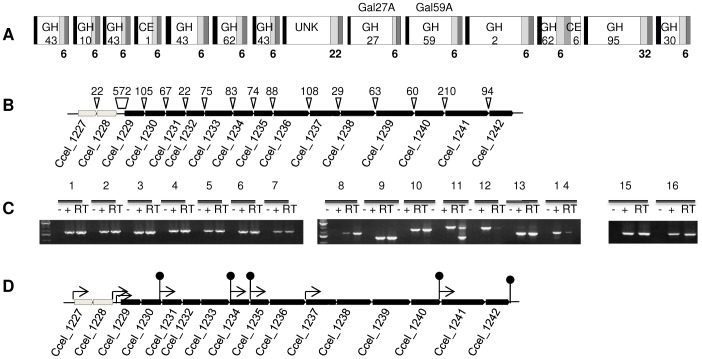Figure 1. Loci Ccel_1227 to Ccel_1242 of C. cellulolyticum genome.
A) Modular organization of xyl-doc genes products (loci Ccel_1229 to Ccel_1242). Signal sequence are given as black- and dockerin domains as dark grey- boxes. The catalytic domains are the white boxes in which the predicted glycoside-hydrolase (GHx) or carbohydrate esterase (CEx) family when known or UNK for a domain of unknown function are given. A bold unique number under a light grey box indicates the family of the carbohydrate binding domains found in the proteins. The family numbers are given according to CAZy database (http://www.cazy.org). B) Genetic organization of xydS/R (loci Ccel_1227 and Ccel_1228 respectively, shown in light grey) and xyl-doc genes (from loci Ccel_1229 to Ccel_1242, shown in black). The genes are named by their locus tag. Sizes (in bp) of intergenic sequences are indicated on the black triangles. C) RT-PCR analysis of xydS/R and xyl-doc genes. PCR amplification was performed on cDNA after RT with pairs of primers and PCR products were analyzed by electrophoresis in agarose gel (lanes RT). Primers used were localized at the end of the first gene for the direct primer and at the beginning of the second gene for the reverse primers to reveal transcriptional links between two successive genes. The pairs are as follow : 1229rtD/1230rtR (lanes 1), 1230rtD/1231rtR (lanes 2), 1231rtD/1232rtR (lanes 3), 1232rtD/1233rtR (lanes 4), 1233rtD/1234rtR (lanes 5), 1234rtD/1235rtR (lanes 6), 1235rtD/1236rtR (lanes 7), 1236rtD/1237rtR (lanes 8), 1237rtD/1238rtR (lanes 9), 1238rtD/1239rtR (lanes 10), 1239rtD/1240rtR (lanes 11), 1240rtD/1241rtR (lanes 12), 1241rtD/1242rtR (lanes 13), 1242rtD/1243rtR (lanes 14), 1227rtD/1228rtR (lanes 15), 1228rtD/1229rtR (lanes 16). −, PCRs performed on RNAs in the absence of the RT step; +, PCRs performed on genomic DNA templates. D) Genetic organization of xydS/R and xyl-doc genes as in (A) with schematic localizations of promoters (thin arrow) and terminators (stem-loop) predicted by BPROM and FindTerm programs (http://linux1.softberry.com).

